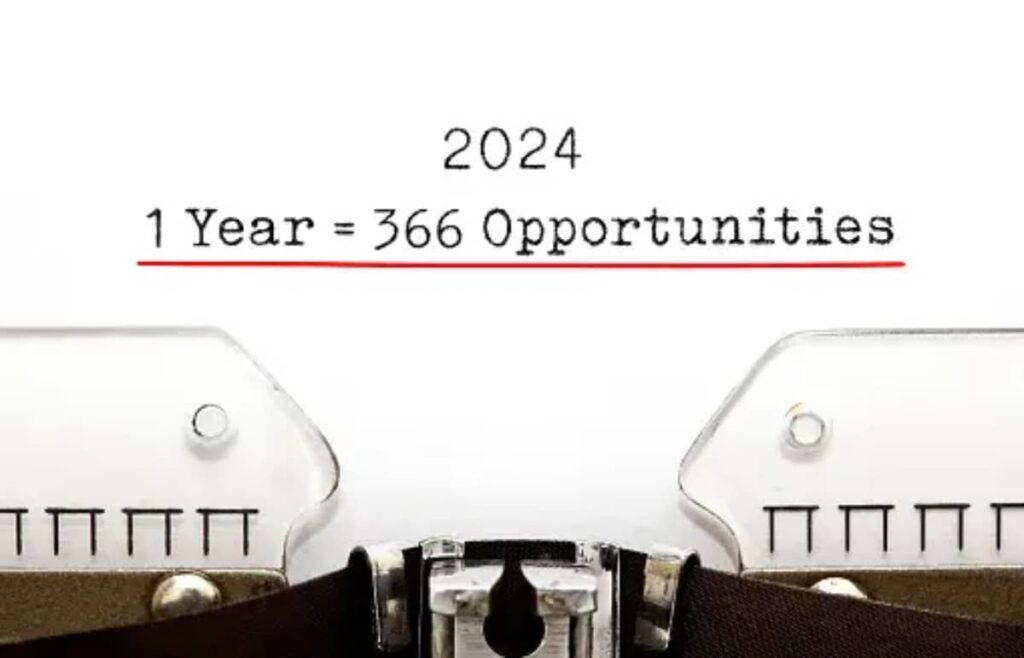
Is 2024 a Leap Year?
2024 is a leap year, which means we get an extra day in the calendar – February 29th. But have you ever wondered why we have leap years and how we decide when to have them? The answer is a bit more complex than you might think.
How Leap Years Work
We measure a day as the time it takes for the Earth to spin once on its own axis, which is 24 hours. On the other hand, we measure a calendar year as the time it takes for the Earth to orbit the Sun, which is 365 days. However, the actual time it takes for the Earth to complete its orbit around the Sun is 365.24 days, roughly a quarter of a day longer.
This extra time adds up to a full day every four years. To keep everything in sync, we add this extra day to the shortest month, February, every fourth year. This is what we refer to as a leap year.
Skipping Leap Years
Although we add a leap day every four years, we don’t actually have a leap year every four years. The reason for this is that the 0.24 difference in the Earth’s orbit time eventually adds up and throws the system out of sync by three days every 400 years.
To correct this slight imbalance, we skip a leap year occasionally, which means we do not add that extra day. But how do we decide when to have a leap year and when to skip it?
Rules of Leap Years
The first rule is that the year to add an extra day must be divisible by four. The second rule is that a leap year cannot fall on a year that is divisible by 100. However, there is an exception to this second rule – if a leap year is divisible by 400, the leap day is added.
That’s why we had a leap day in the years 1600 and 2000, but not in 1700, 1800, or 1900. These rules were established by Pope Gregory the 13th around 400 years ago when he introduced the Gregorian calendar, which is still in use worldwide today.
What happens if you were born on a leap day?
29th February is a magical day for those who were born on this day. Because you can’t celebrate your birthday each year. If you want to celebrate your birthday, then you want to wait every 4 years.
Staying in Sync Leap Year
Leap years exist to help us stay in sync with the real astronomical year. If you want to dive deeper into the topic, there’s also the concept of leap seconds, which were introduced more recently. But that’s a story for another time.

